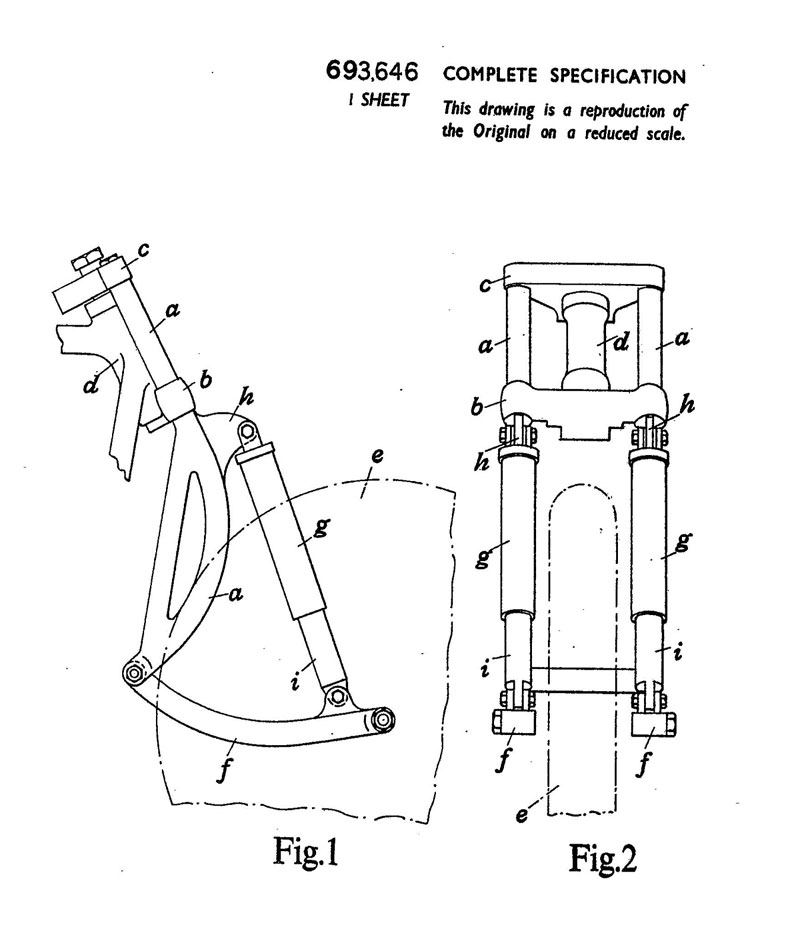

Motorcycle riders finally get their own Virgin Lady.
Dr. Marco Re, a chemist from Castellazzo Bormida, and a member of the Motorcycle Association in Castellazzo begins his quest to have motorcycles blessed with their very own patron saint. At every Castellazzo Motorcycle Association meeting Marco would bring it up, finally getting Italo Lurashi, the editor of "LaMoto" magazine, to write on December 15, 1943, “When the war has finished and peace will rule again even on the tortured ground of Our Land, the motorcyclists will be able to start again their running, organized and sporting activity; the “Madonnina dei Centauri” will inspire their action, will guide their steps, will protect their ascent. And once a year, on the commemorating day of the Saint Protector, the motorcyclists from all over Italy will meet in the warm atmosphere of Castellazzo, in the famous Sanctuary, to thank the “Madonna” and to impetrate with virility and conscience her holy grace, like men devoted to a sport of battle and greatness. And it will be a worthy show to see the phalanges of the modern riders of the mechanical civilization, riding their steel mounts, while approaching the altar with their flag to repeat the rides of the ancient riders in the Crusades, who on their fiery steed, invoked the holy grace before fighting against the barbarians and misbelievers”.
Thanks to Dr. Re’s perseverance and with the approval of the Italian Motorbike Association, over a thousand bike riders from all over Italy would attend the first 'Motorbike Meeting of the Madonnina dei Centauri' on September 8, 1946. The event stirred interest in Italy's national newspapers and magazines. On February 11, 1947 Pope Pio XII proclaimed Madonnina of Castellazzo (Madonna of the clay) “ primary patron of the motorcyclists".
Now every year bikers all over Italy party with the blessing of Madonnina of Castellazzo.
Today in motorcycle history proudly supports the National Association for Bikers with a Disability (NABD). www.nabd.org.uk


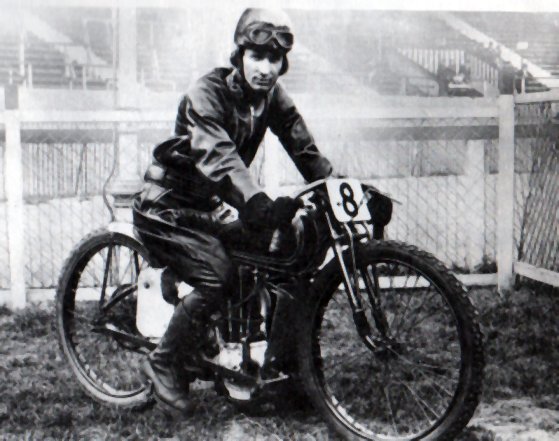

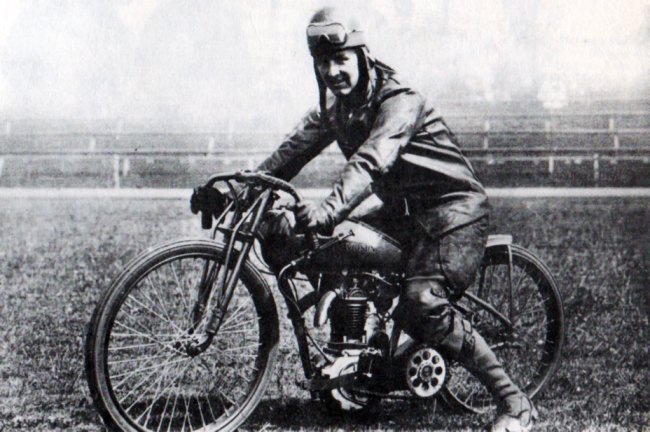

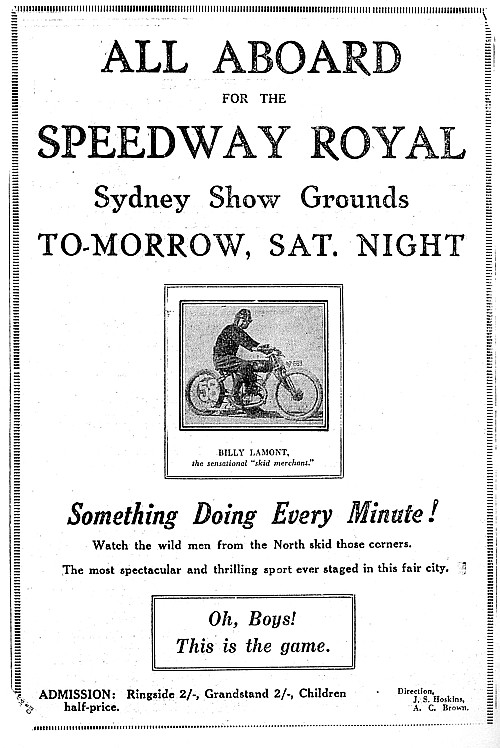

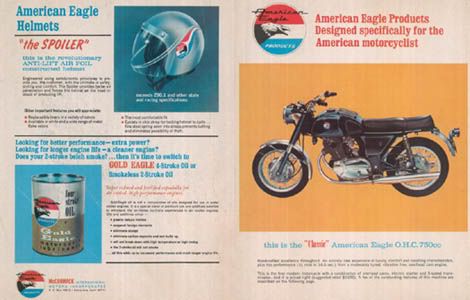

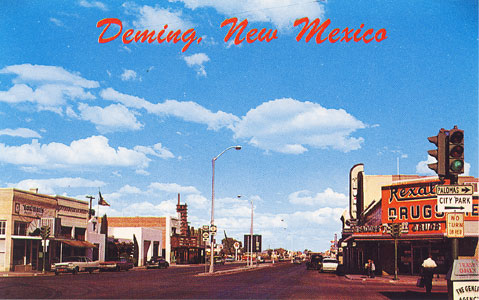






.jpg)

